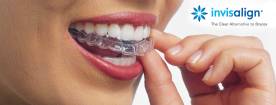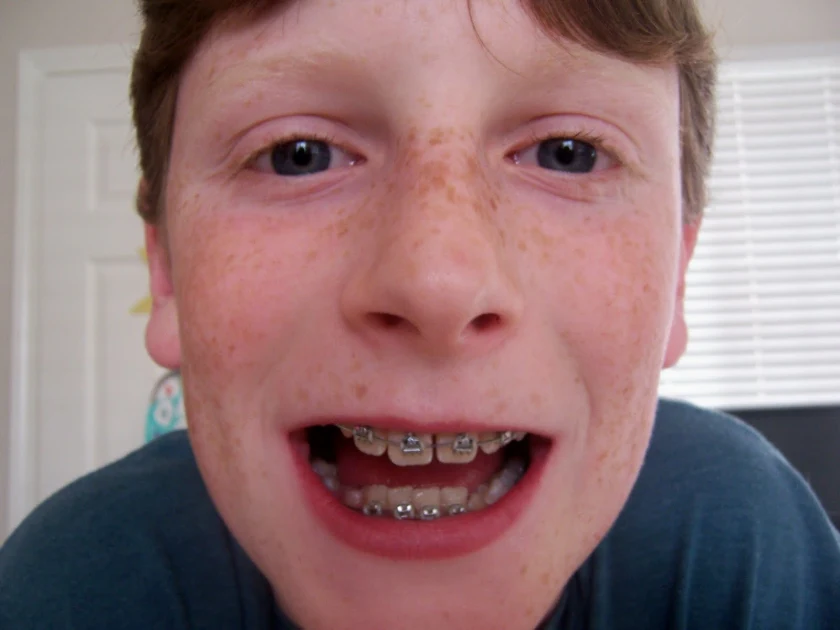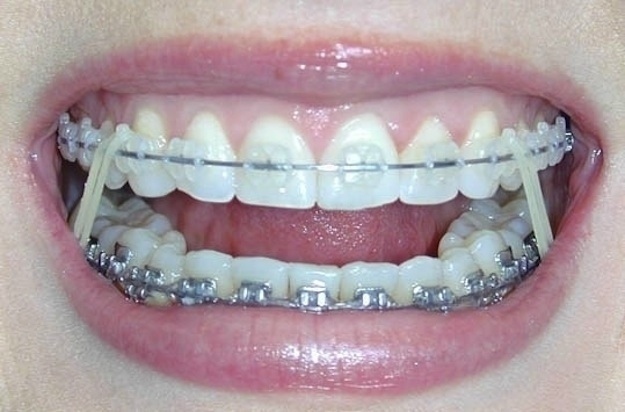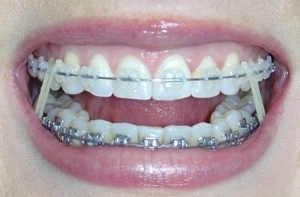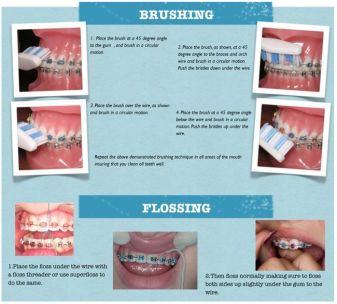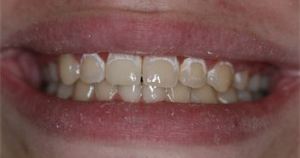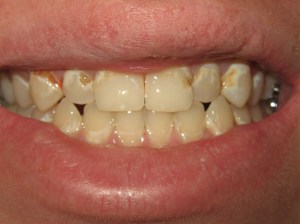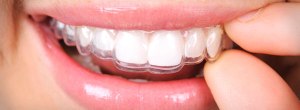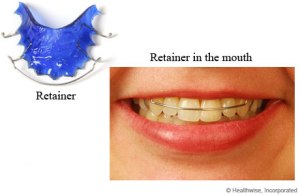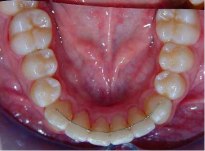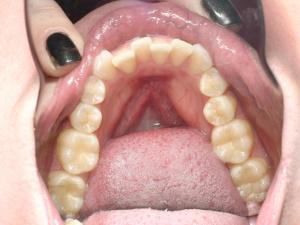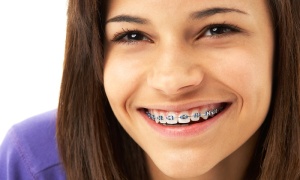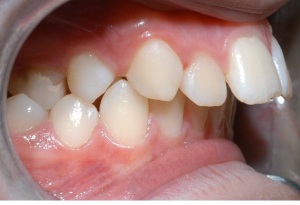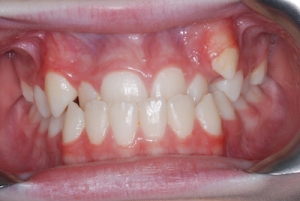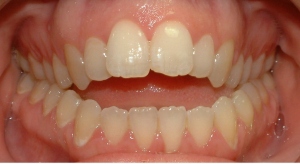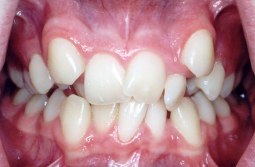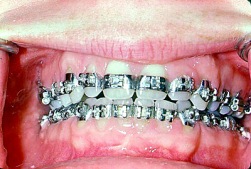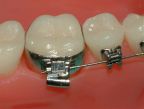The short answer is it depends. When to bring your child to our office depends on a lot. Here are a few things the decision depends on: 1) What does your child think? Is he/she embarrassed or teased at school, for example? 2) Do you, the parent(s), feel the condition is serious? 3) How many permanent teeth are in? 4) How old is the child? I could list several other factors.
Early treatment — often referred to as phase I — isn’t recommended for every child. However, depending on the child’s situation, early or interceptive treatment can be very helpful, even if all baby teeth haven’t fallen out yet.
Usually, it’s best to bring your child to the orthodontist for treatment when all the permanent teeth are in (around 12 years of age). However, if Johnny sucks his thumb, is teased at school, or has a few more-serious tooth/orthodontic issues it may be advantageous to do a short phase of treatment early (before 12).
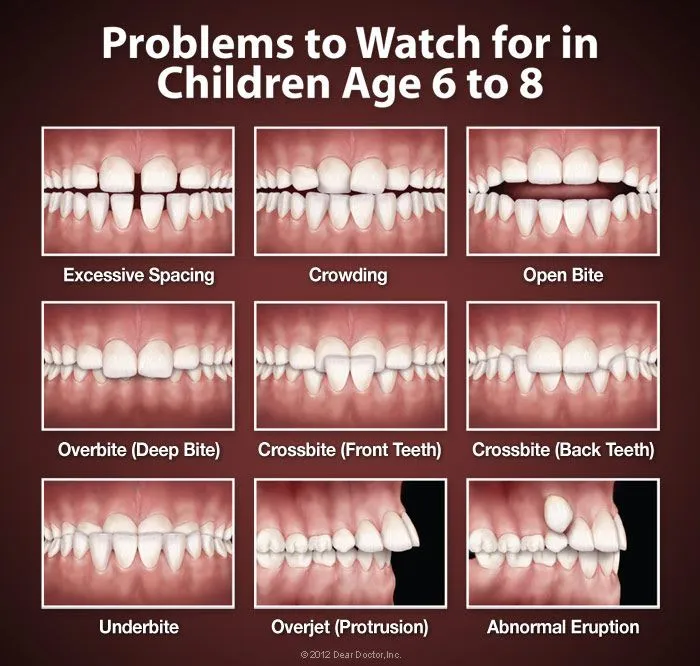
That is, whenever Johnny has at least a few permanent teeth in (usually around 7) it may be a good time to do a short phase of braces (usually 6-12 months long). But, as indicated earlier, we usually only do early treatment (usually braces, and expander, and sometimes both) on kids when there is something fairly alarming: buck teeth, sucks thumb, teased at school, etc (see image above). For phase I we create a clear treatment plan and achieve our goals in under one year. Please keep in mind that your child may still need additional treatment when all permanent teeth have erupted (around 12).
To determine if this type of early treatment is beneficial for your child, we will need to take records (pictures and x-rays). So, please call to schedule a (free) orthodontic consultation: 520-732-8631.
